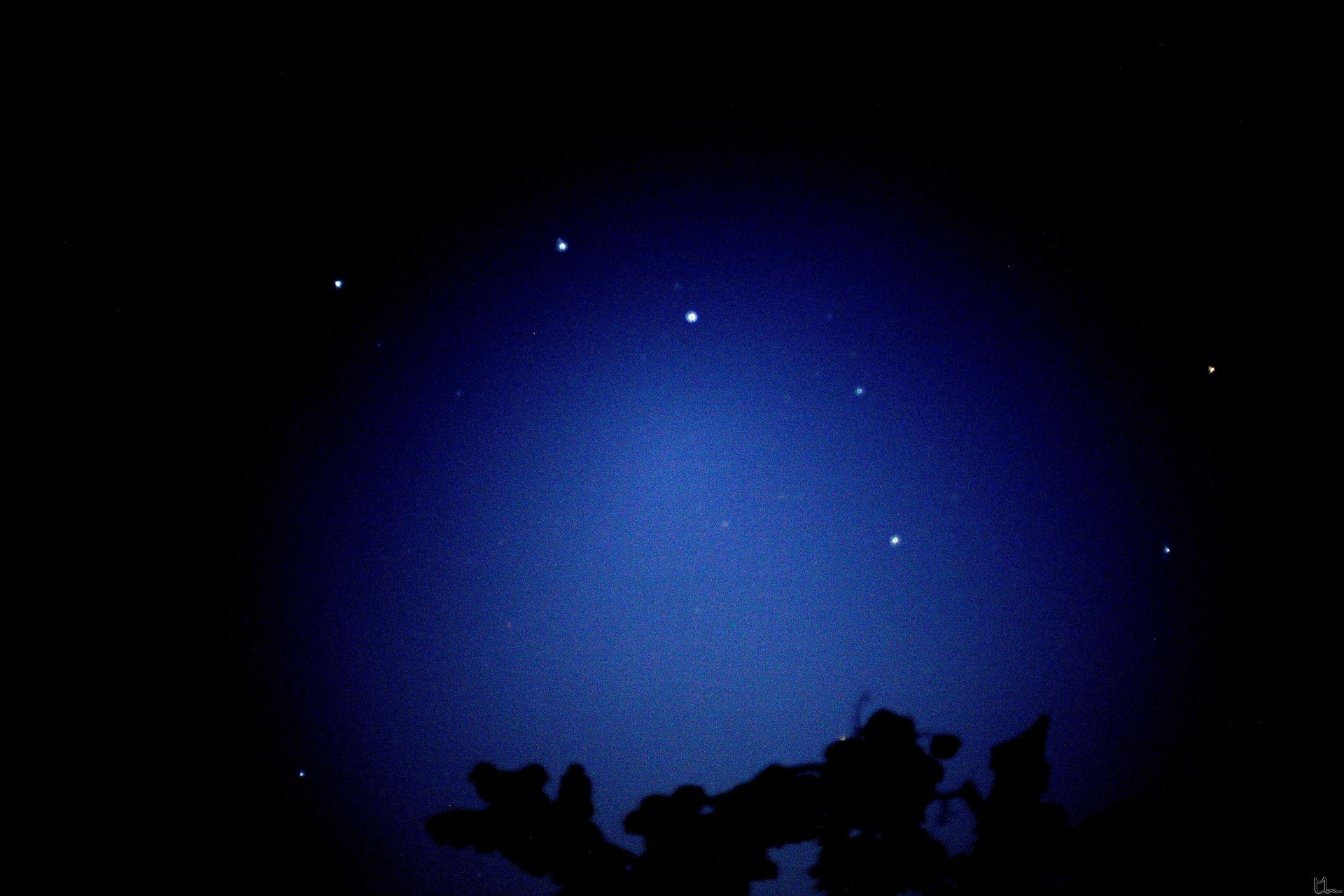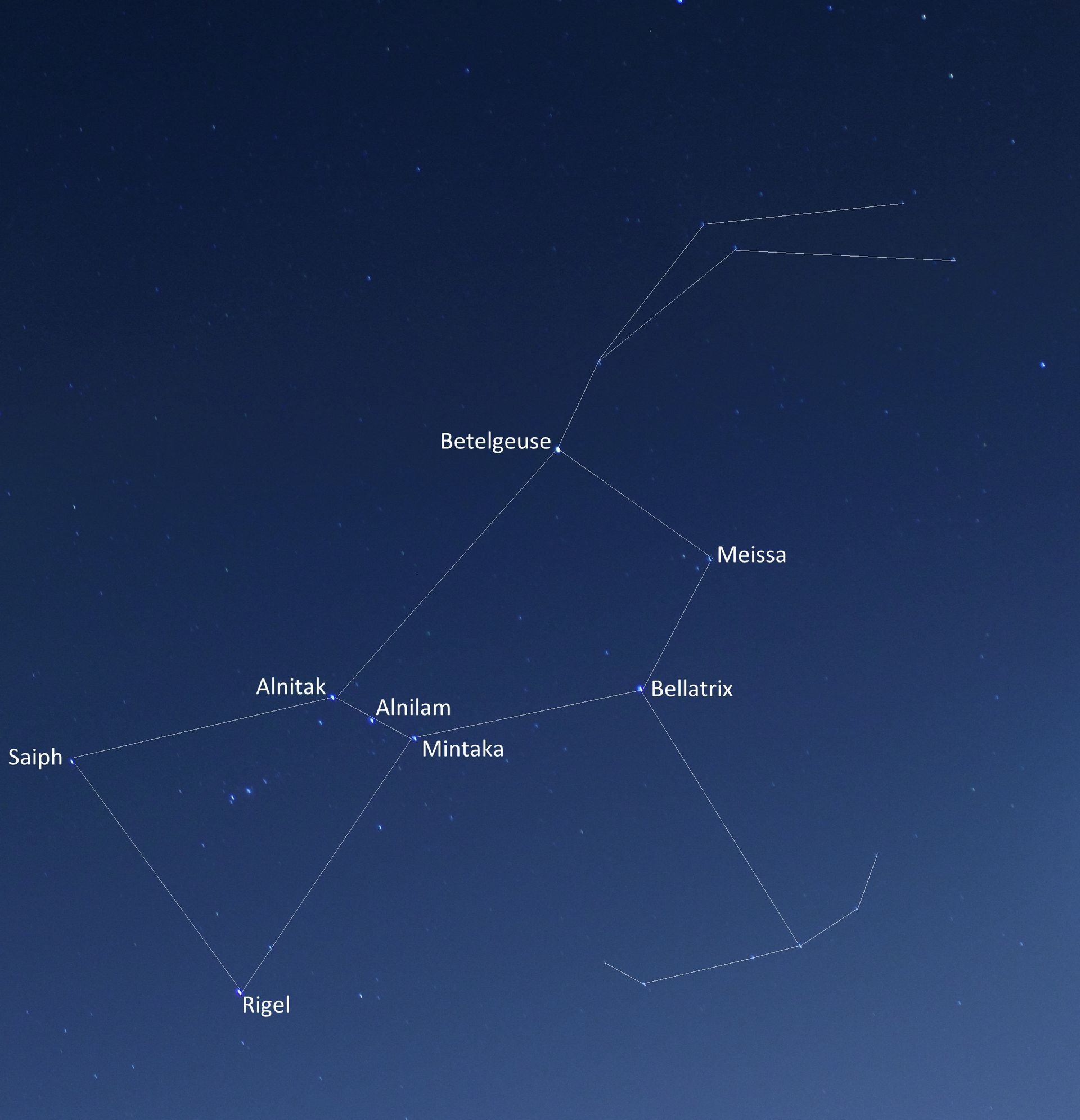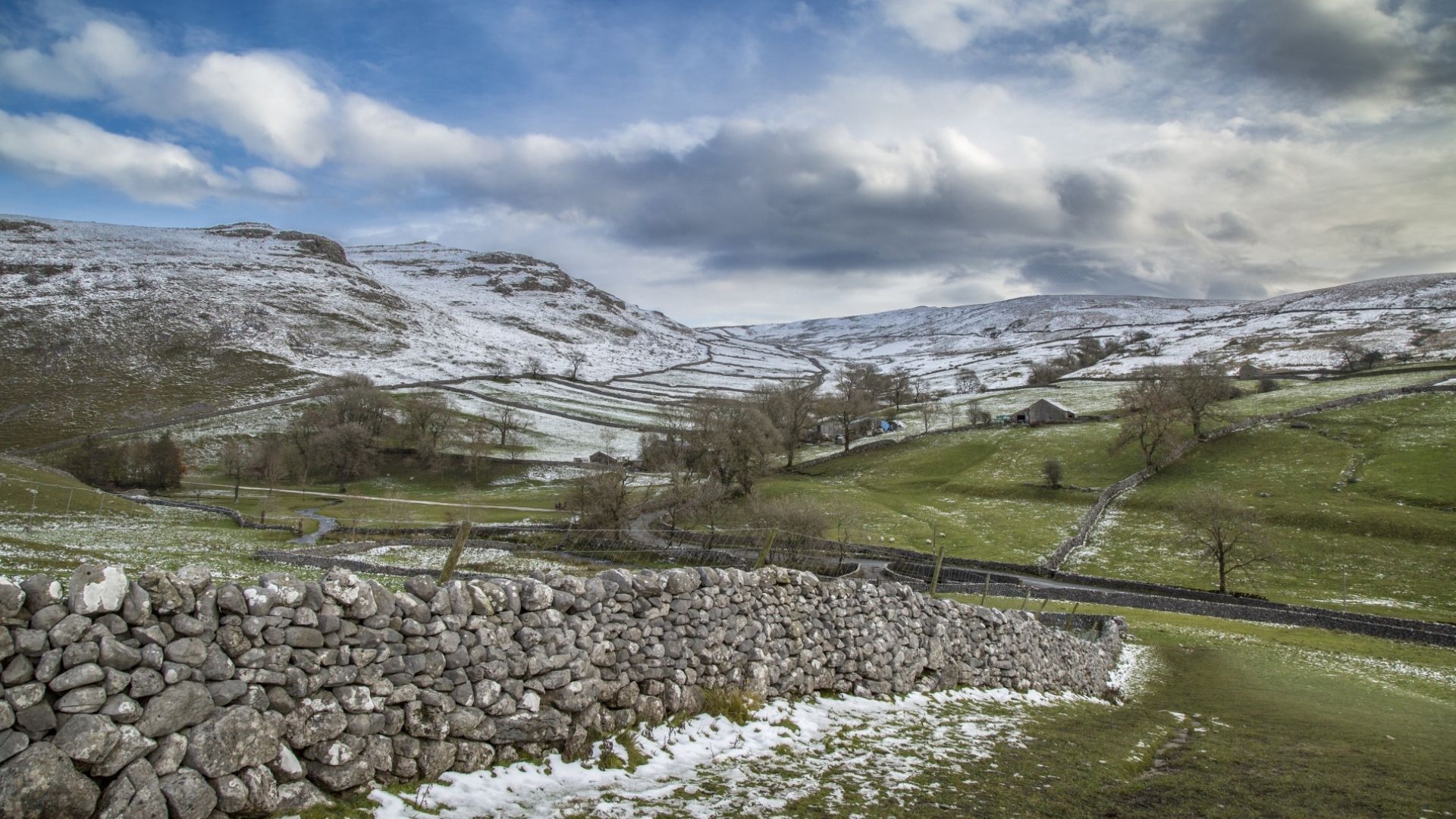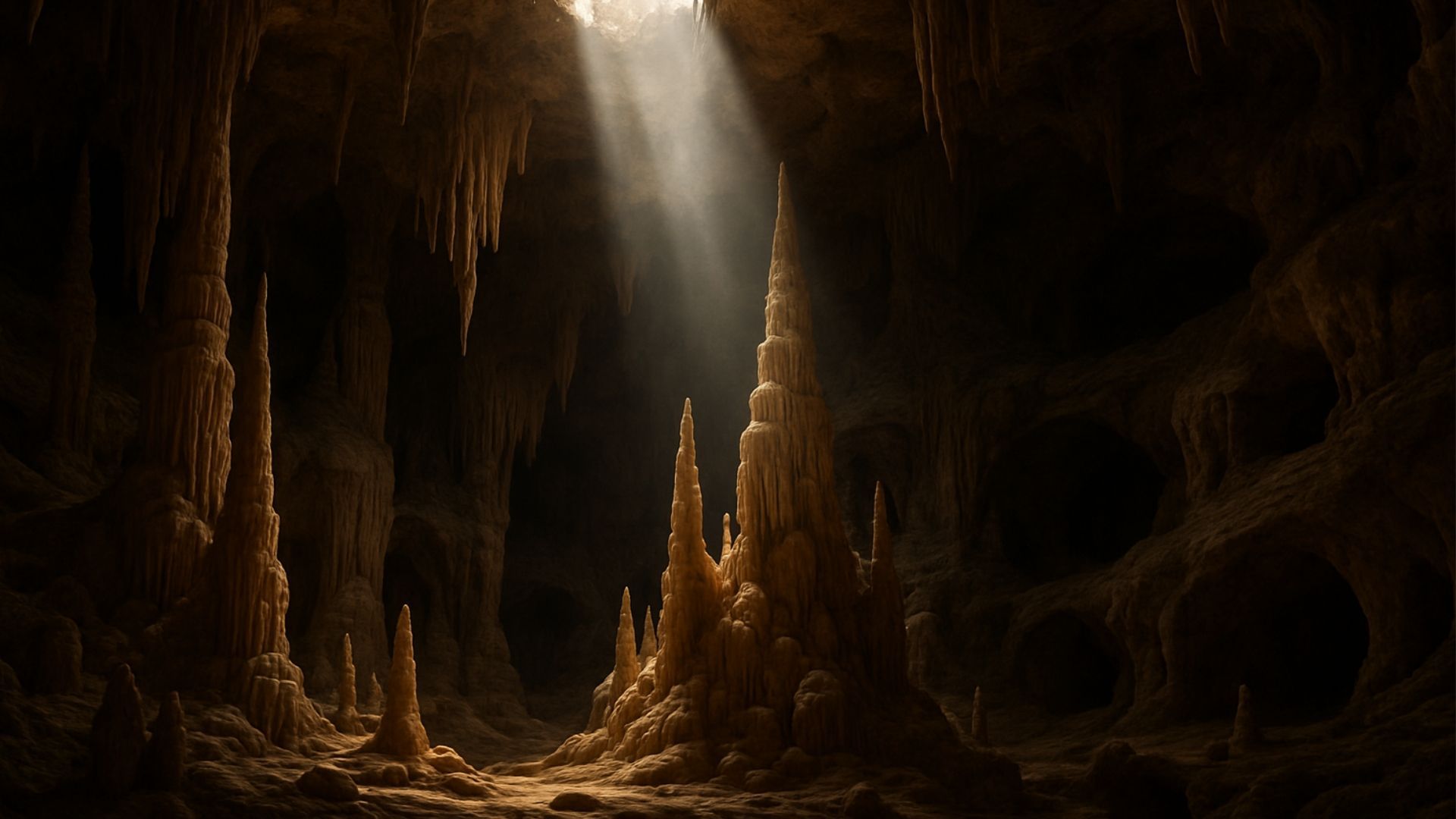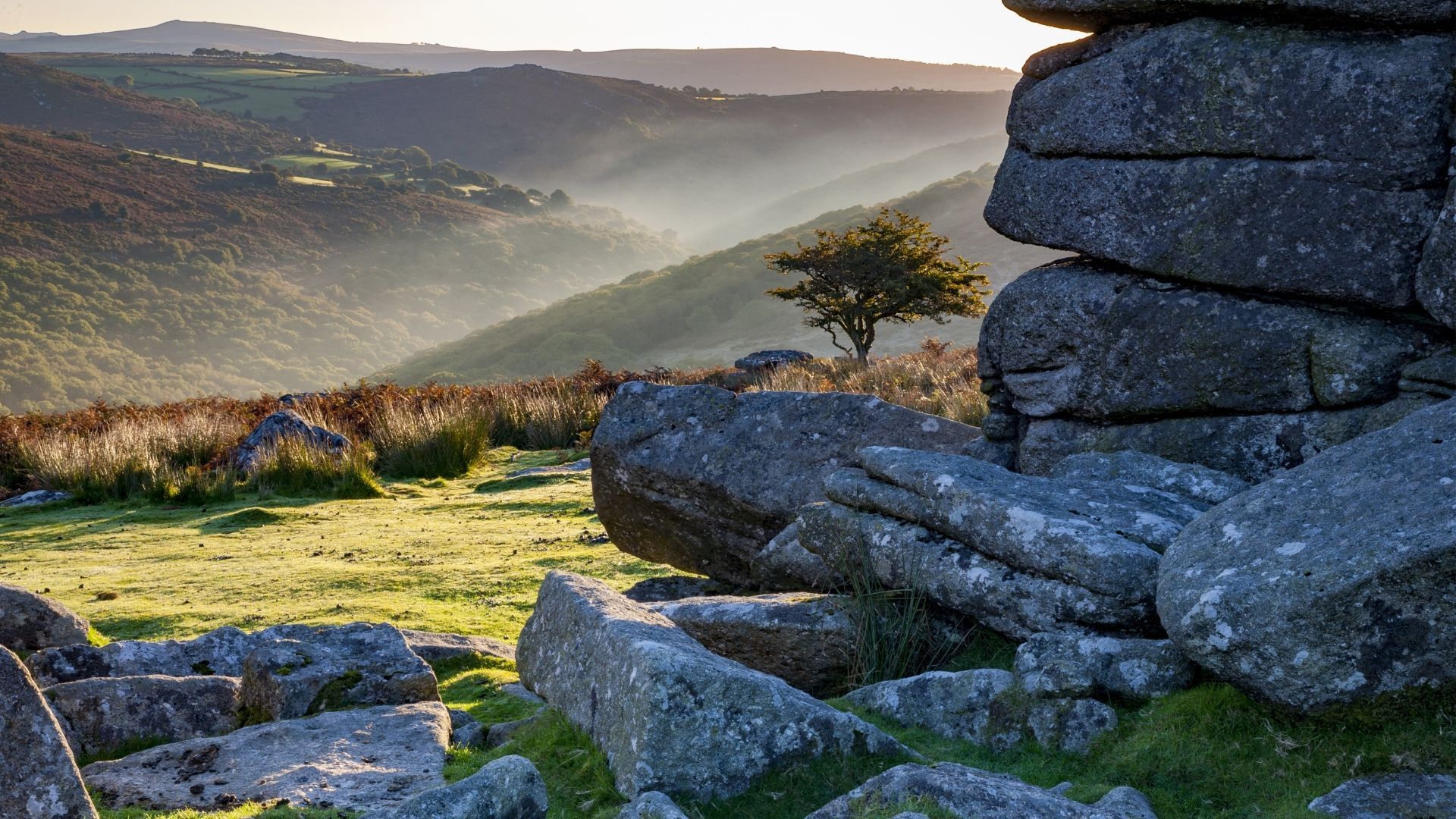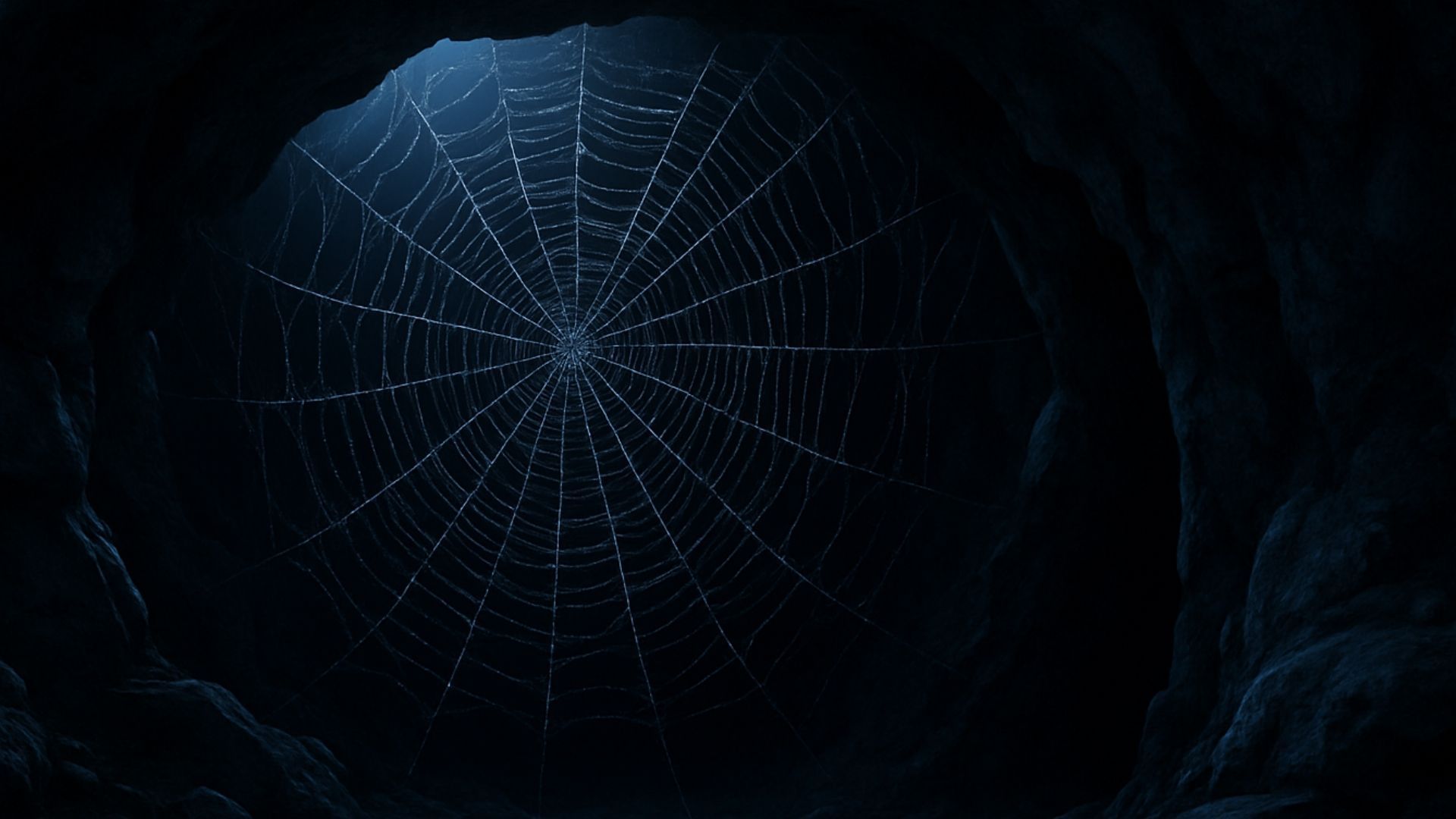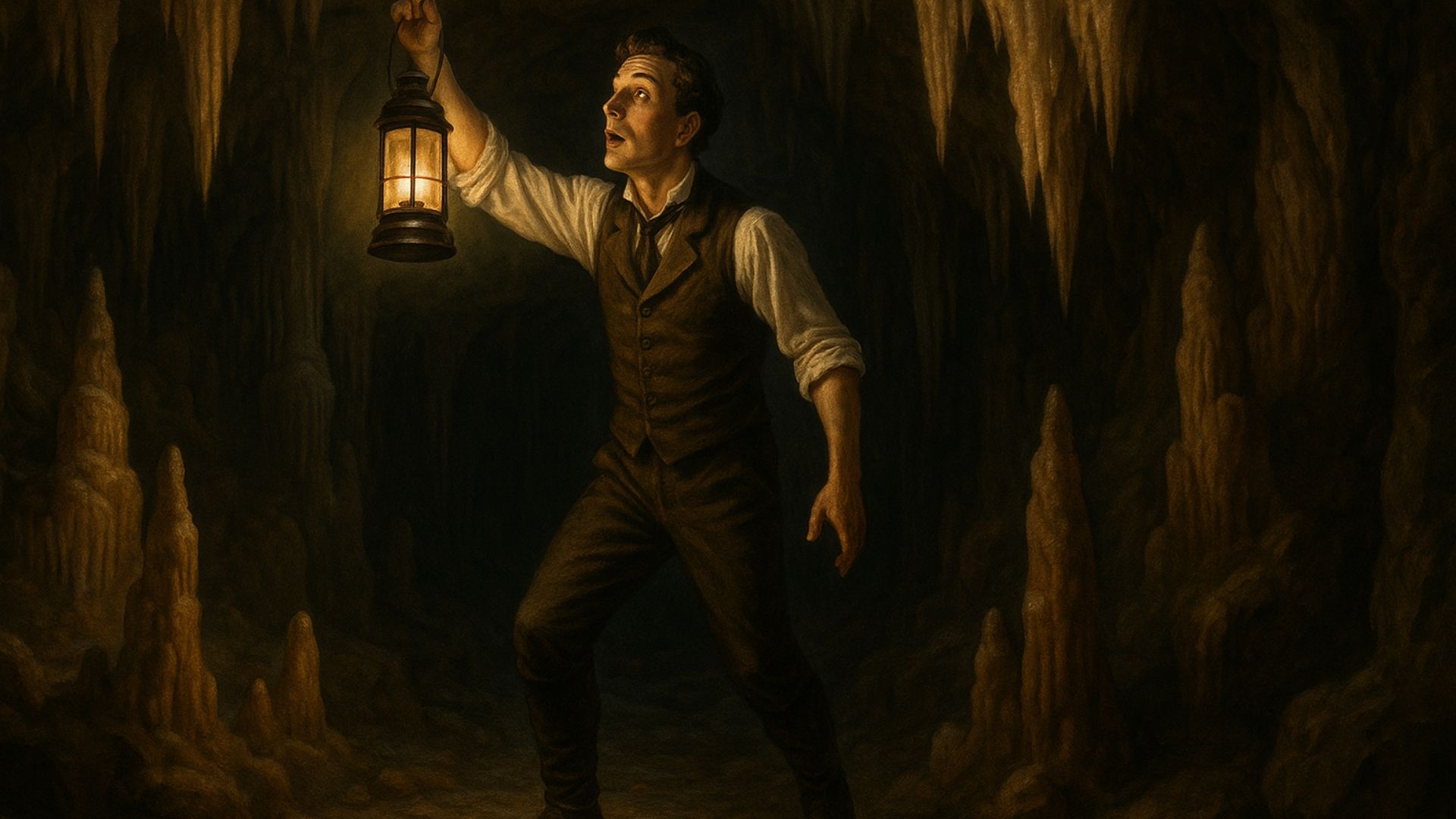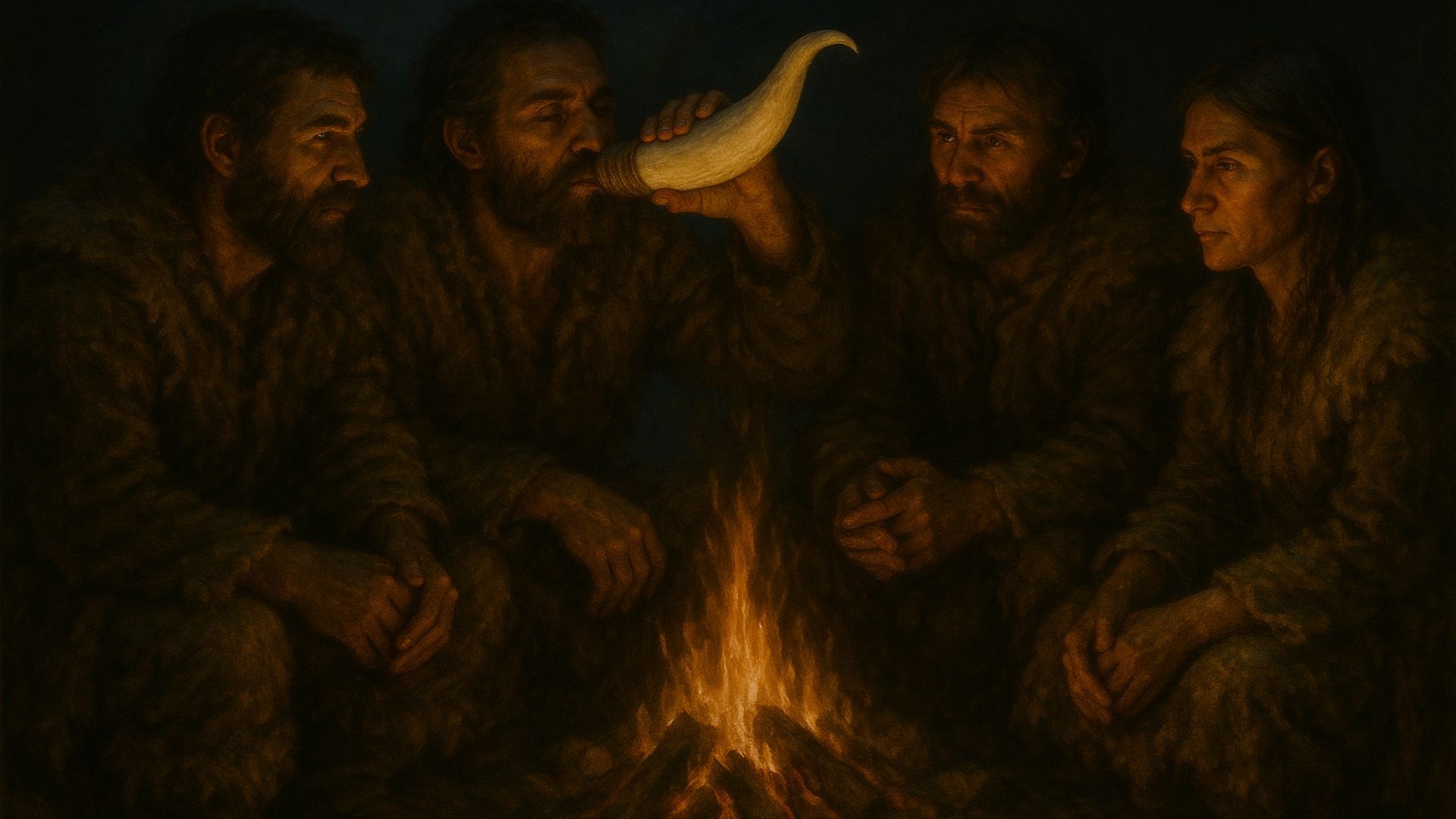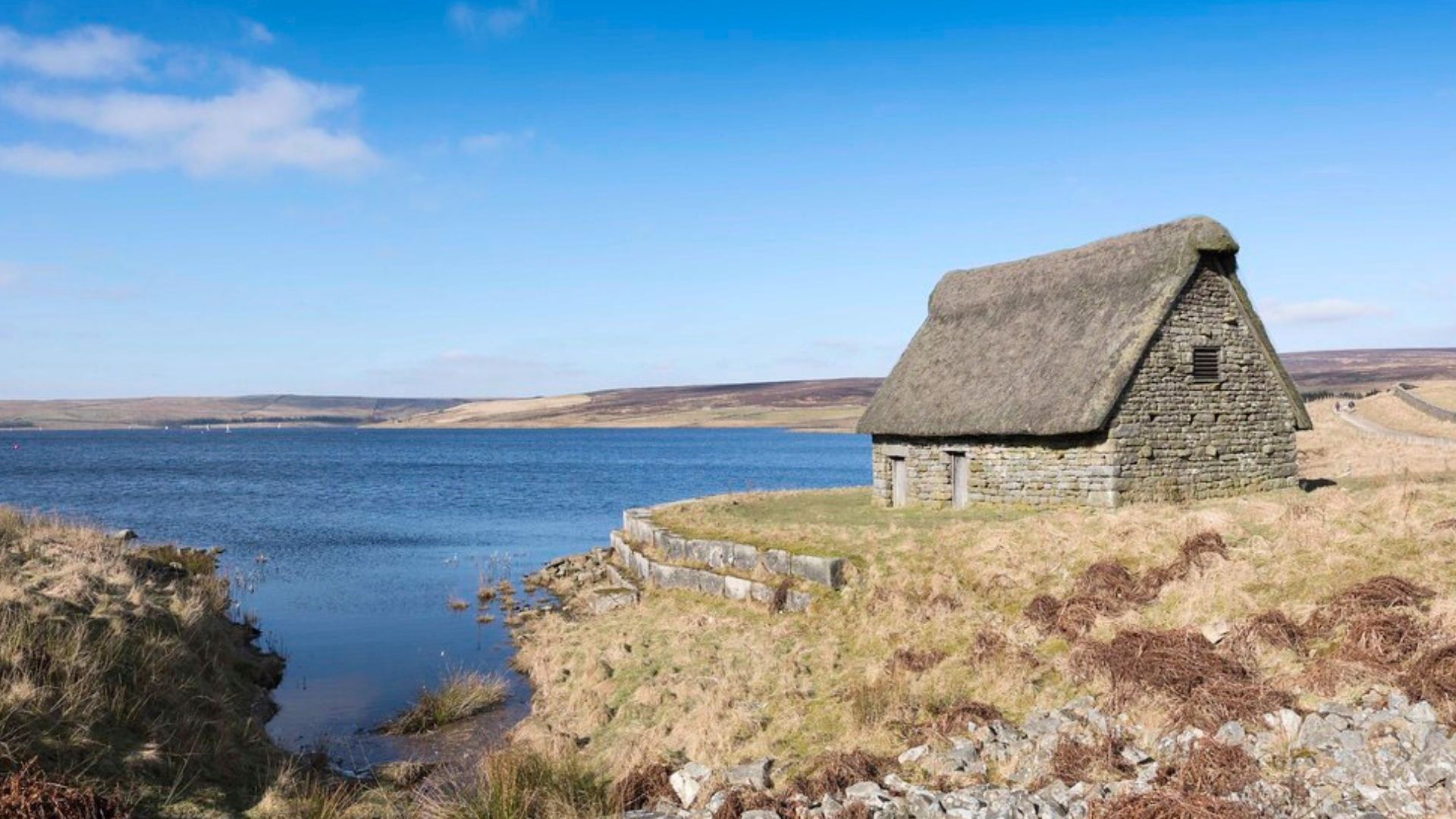Stargazing in Yorkshire: 5 incredible constellations to look out for
What constellations can you see in the Yorkshire Dales? Discover 5 of the best – and learn about our stargazing events here at Stump Cross Caverns.
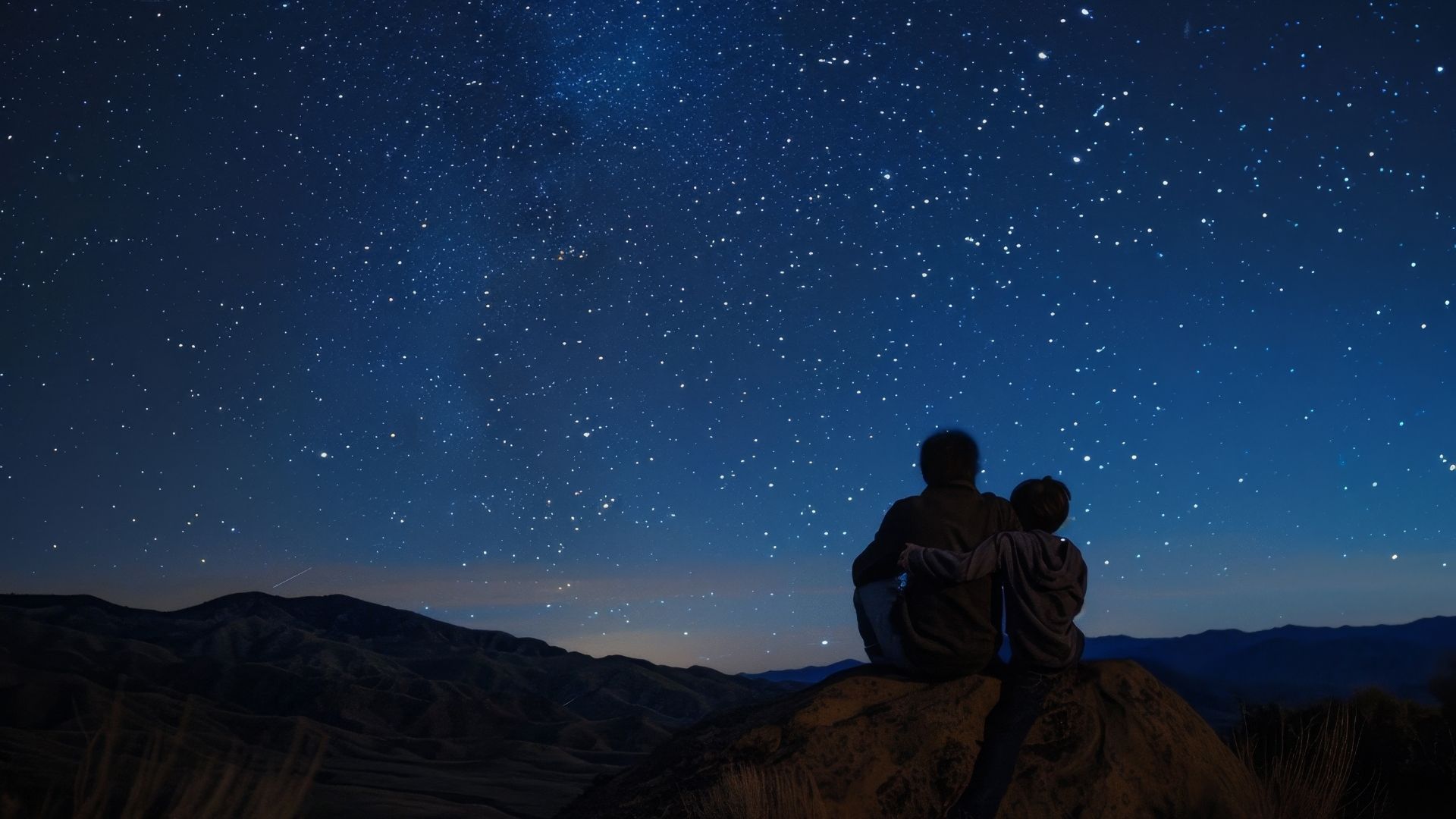
Yorkshire is famous for many things: rolling landscapes, Yorkshire puddings and the Brontë sisters, to name but three. (Or five, if we're giving Emily, Charlotte and Anne their individual dues.)
But Yorkshire has an ace in the hole. Look upwards and you can see spectacularly dark night skies. This "darkness visible", as Milton called it, is the perfect foil for the sky's constellations.
You can stargaze all year round. But if it's star clusters and constellations that whet your appetite, you should wait until winter. Spring is best for planets, autumn for the Milky Way and shooting stars. Summer can be a bit of a washout as the sky is mostly not dark enough.
Yorkshire is like the IMAX of global stargazing spots. But if you want front-row seats, you've got to head to the Yorkshire Dales National Park.
This beautifully barren landscape has been designated a Dark Sky Reserve, meaning there's minimal light pollution and fantastic views of the stars. On a clear night, you can see up to 2,000 of them.
Here at Stump Cross Caverns, we're privileged to be located in the heart of the Dark Sky Reserve. That's why we regularly host stargazing events that are suitable for visitors of all ages and abilities.
This February, we have two events lined up to coincide with the
Dark Skies Festival, which runs from Friday 9 to Sunday 25 February.
On Friday 16, there's "Cosmic Wonders", an introduction to stargazing suitable for children aged five and over. The event features a fun presentation, a craft activity – and, of course, a trip through the caves.
Then, on Thursday 22, we have "A Night on the Moon at Stump Cross Caverns". Astronomer Richard Darn will lead a family-friendly event that gives you front-row seats for the moon's mountains and craters.
But when you go stargazing in the Yorkshire Dales, what constellations can you expect to see? Here are five of the best.
1. The Plough
The Plough is the most famous group of stars in the night sky – and perhaps the easiest to recognise.
It's not strictly a constellation, but rather an "asterism". This refers to a group of stars that together form a recognisable shape.
It consists of seven stars that form the body and tail of Ursa Major, the Great Bear. While Brits call it the Plough, Americans know it as the Big Dipper. In truth, it looks a lot like a saucepan.
The Plough is a great one to spot because it can help you get your bearings in the night sky – a celestial landmark to find other constellations by.
2. Orion
In winter, the glittering belt of Orion is a sight to behold. It's the Beethoven's Fifth of the night sky: immediately recognisable to all, but endlessly rewarding when you zoom in on the details.
The recognisable part is, of course, the belt of three stars. These are known by their Arabic names: from east to west we have Alnitak (belt), Alnilam (string of pearls) and Mintaka (girdle).
But that's just the beginning. It also boasts Orion's Sword (descending from the belt) and the two supergiants Rigel and Betelgeuse.
3. Pegasus
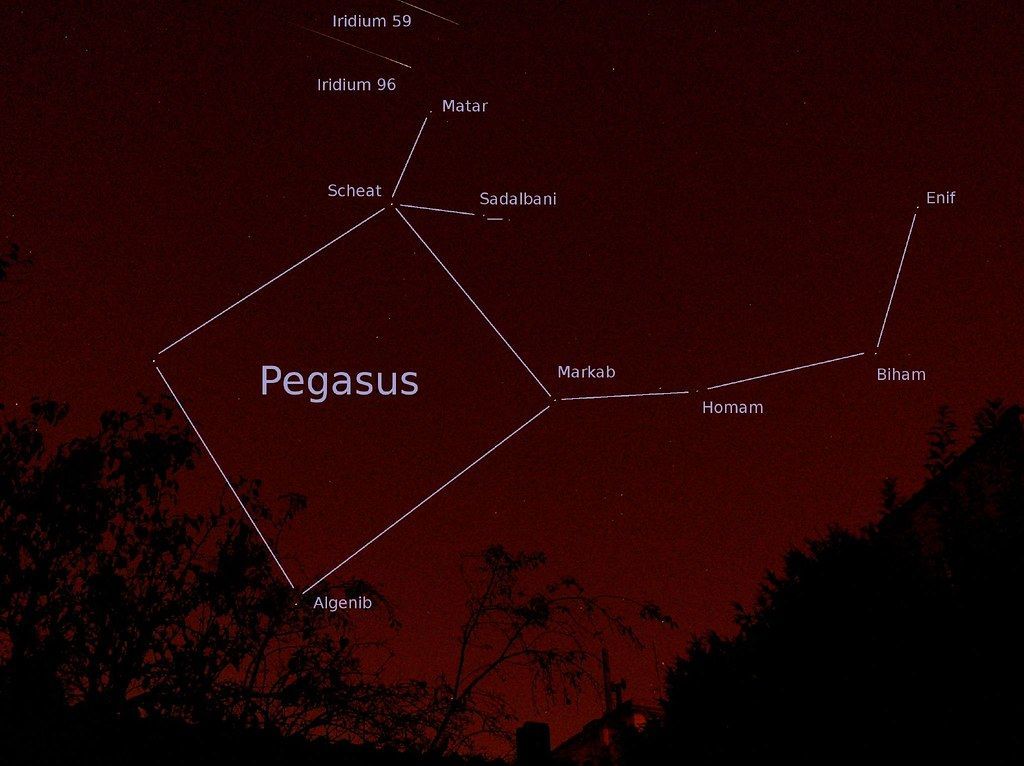
Pegasus, the flying horse, is a constellation that can most easily be identified by its "Great Square". This not-quite-square formation consists of Markab, Scheat, Algenib and Alpheratz.
Constellations are patterns that we find in the night sky. This means that they can overlap. In this case, Alpheratz is actually part of neighbouring Andromeda.
One way of finding them in the sky is to use your hand. A fist held out at arm's length should fit snugly within the Great Square.
4. The Summer Triangle
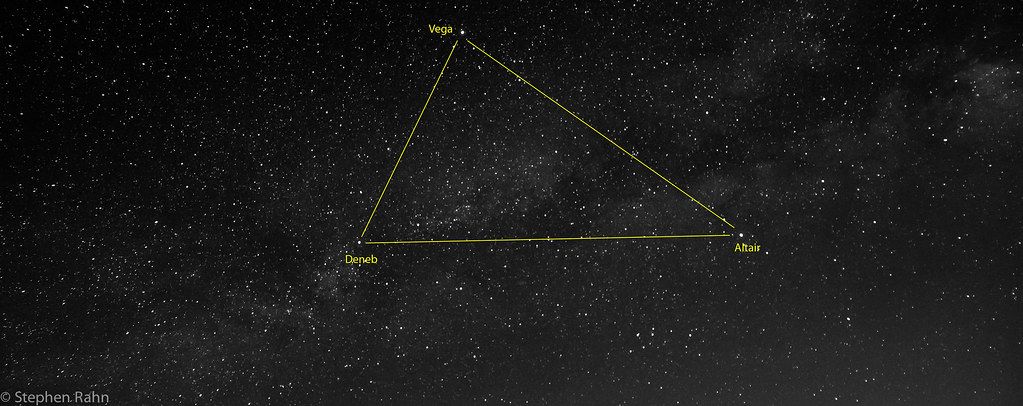
Most of the stars we've mentioned so far are best seen in winter. But summer has its riches too, as anyone who's seen the Summer Triangle will testify.
Again, this isn't strictly speaking a constellation. It's made up of three of the brightest stars in the night sky – but they belong to three different constellations. Vega is in Lyra, Deneb in Cygnus and Altair in Aquila.
However, they have a definition of outline that many constellations don't. It's for this reason that
Sky at Night dubbed them "the Summer Triangle".
5. Auriga
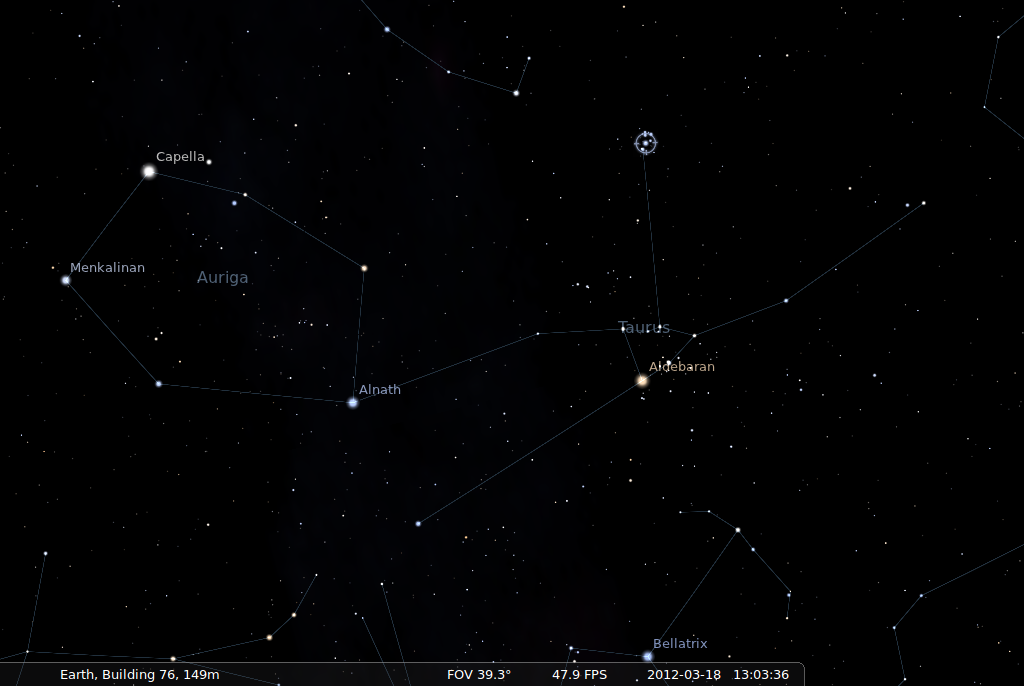
Our fifth and final entry is Auriga, the Charioteer. This constellation in the northern sky, which neighbours Gemini and Taurus, is less well-known than the big dippers and belts of the night sky. However, it's still full of treasures.
It gets its name from the fact that its major stars look a bit like the pointed helmet that a charioteer would have worn.
Auriga includes the sixth brightest star in the sky, Capella, and several open star clusters. It's at its most visible in late February and early March.
Tips for stargazers
If you're new to stargazing, you could be forgiven for thinking either that it's as simple as turning up, or that it's the preserve of Professor Brian Cox and other wealthy individuals with large telescopes.
The truth is somewhere in the middle. You can enjoy stargazing at any level. But there are steps you should take to maximise your chances of having a good experience.
First, wrap up warm. Winter nights are best for spotting constellations, so you need to be dressed for the occasion.
Secondly, be patient. Our eyes aren't used to the darkness, so give them time to adjust.
Thirdly, take care in the dark. You don't want to trip over and end up ground-gazing rather than stargazing.
Finally, consider bringing binoculars. You can have a good experience without them, but if you want to really milk the Milky Way, look into buying or borrowing a pair.
Ready to discover the cosmos?
If you're thinking about getting into stargazing, Yorkshire is the place to be – and here at Stump Cross Caverns, we're proud to be part of it. This February, why not join us for an unforgettable experience at one of our
dark sky events?
Stump Cross Caverns is an ancient network of
caves near Pateley Bridge in the Yorkshire Dales.
Find out more about our fascinating history or
book your tickets online.

